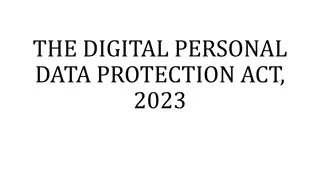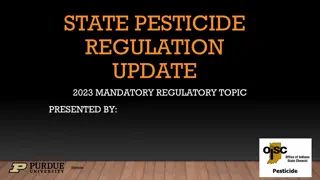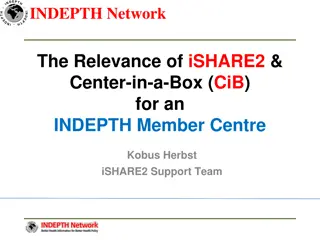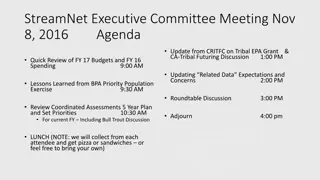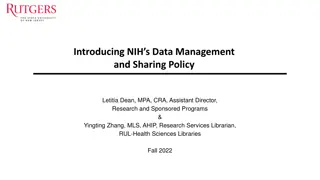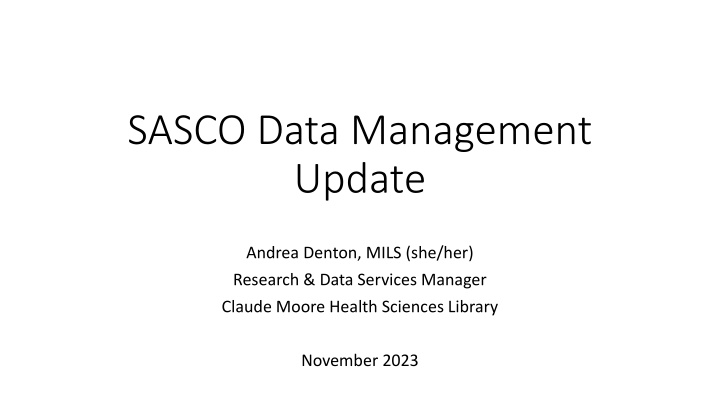
Comprehensive Data Management and Sharing Process for SASCO Research Programs
Explore the detailed steps involved in managing and sharing data for SASCO research initiatives, from identification to validation and finalization. Learn about the overarching goal of data sharing and the role of partners in the ecosystem.
Download Presentation

Please find below an Image/Link to download the presentation.
The content on the website is provided AS IS for your information and personal use only. It may not be sold, licensed, or shared on other websites without obtaining consent from the author. If you encounter any issues during the download, it is possible that the publisher has removed the file from their server.
You are allowed to download the files provided on this website for personal or commercial use, subject to the condition that they are used lawfully. All files are the property of their respective owners.
The content on the website is provided AS IS for your information and personal use only. It may not be sold, licensed, or shared on other websites without obtaining consent from the author.
E N D
Presentation Transcript
SASCO Data Management Update Andrea Denton, MILS (she/her) Research & Data Services Manager Claude Moore Health Sciences Library November 2023
For Today Data management and sharing ecosystem for SASCO The path to sharing data My role and our partners
NCI Division of Cancer Biology support of multiple research programs Six consortia including Cancer Systems Biology Consortium (CSBC) Portal aims to synthesize and expose the activities and outputs of the consortia
Step 1: Identification What studies are eligible for inclusion in the CCKP? Current workflow: Published as article Cite SASCO award Indexed by PubMed
Step 2: Initial Annotation (description) Publication Journal, Year, etc. Tumor type, Assay, etc. What datasets are associated
Step 3: Additional Annotation (description) Describe any deposited datasets Species Tissue Tumor Type Assay
Step 4: Annotation Validation & Finalization Annotations are checked Record is released in the CCKP
Other scenarios: deposit No mandated or logical repository Where do we put data so it can be accessed by other researchers? If not already deposited, consider Synapse
Synapse Data storage platform maintained by Sage Bionetworks NIH-designated generalist repository Set up Synapse Projects Contact MC2 Get certified (I am) Can be used for storage (no size limits?) With the goal of collaboration and/or sharing When ready, sync with CCKP
Going forward As papers are published or resources shared (e.g. Github) I ll watch, but MC2 does as well We (Andrea) complete the annotation (description) in the MC2 Data Curator App I ll reach out for input
Going forward Continue to attend CSBC monthly events and training, including the CSBC / PS-ON Resource & Data Sharing Working Group Respond to MC2 requests for participation, e.g. piloting some of their processes/apps Communicate with MC2 and others about our needs Representing ancestry, e.g. add to annotation fields? Watch for future developments (e.g. can AI help with annotation) Can reach out to MC2 about use of Synapse
Here to help! Andrea Denton andrea@virginia.edu (also assistance with data management and sharing issues beyond SASCO, e.g. writing DMSPs)

